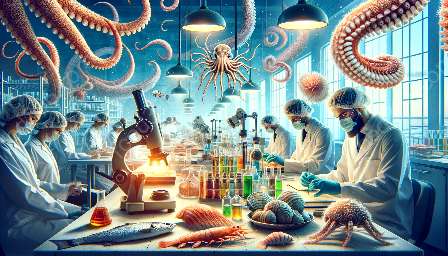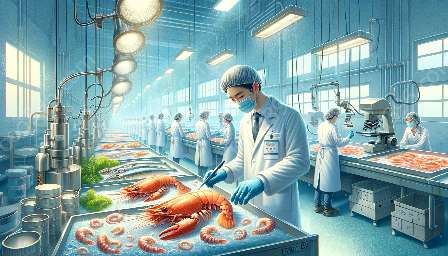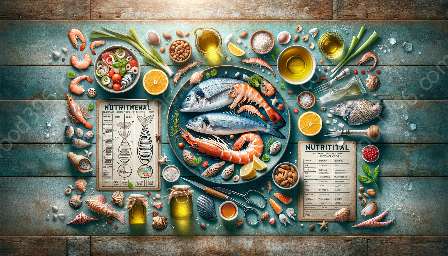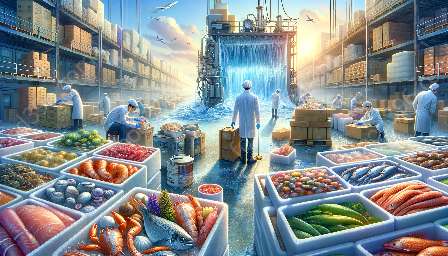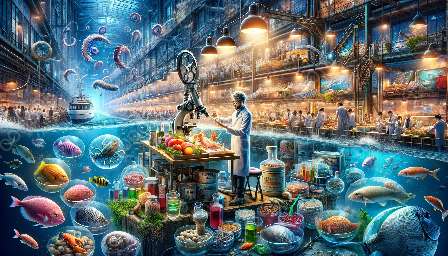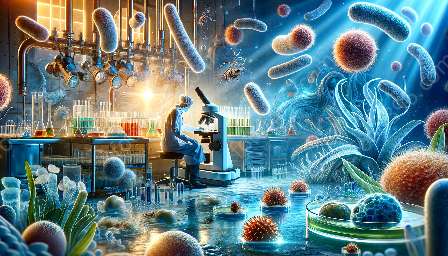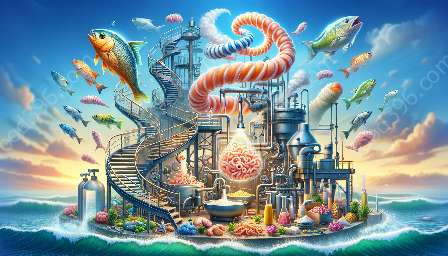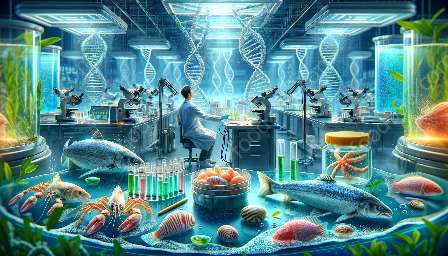Seafood microbiology and foodborne pathogens are critical areas of study within the field of seafood science, as they play a significant role in ensuring the safety and quality of seafood products. This topic cluster aims to shed light on the intricate relationship between seafood, microbiology, and foodborne pathogens.
The Importance of Seafood Microbiology
Seafood, including fish, shellfish, and crustaceans, is a highly perishable commodity due to its rich nutrient content and high water activity. As a result, it is prone to contamination by a wide variety of microorganisms, including bacteria, viruses, and parasites. Understanding the microbiological characteristics of seafood is crucial for ensuring its safety and preventing the spread of foodborne illnesses.
Microbial Sources in Seafood
Seafood can become contaminated at various stages, including during harvesting, processing, storage, and distribution. Common sources of microbial contamination in seafood include:
- Water sources
- Processing equipment
- Handling and transportation
- Cross-contamination
Key Microorganisms in Seafood
Several types of microorganisms pose significant risks to seafood safety, including:
- Vibrio parahaemolyticus
- Salmonella
- Listeria monocytogenes
- Norovirus
- Parasites such as Anisakis
- Vibrio species (e.g., Vibrio parahaemolyticus, Vibrio vulnificus)
- Salmonella
- Norovirus
- Hepatitis A virus
- Escherichia coli (E. coli)
- Rapid microbial detection methods
- High-pressure processing (HPP) for pathogen inactivation
- Advanced packaging solutions to extend shelf life
- Blockchain and traceability systems for supply chain transparency
The presence and growth of these microorganisms in seafood can result in foodborne illnesses, making it essential to establish effective microbiological control measures throughout the seafood supply chain.
Understanding Foodborne Pathogens
Foodborne pathogens are microorganisms that can cause illness when consumed through contaminated food. In the context of seafood, the risk of foodborne pathogens is particularly pertinent due to the natural microbiota present in marine environments and the potential for contamination during seafood handling and processing.
Common Foodborne Pathogens of Concern in Seafood
Some of the most prevalent foodborne pathogens associated with seafood include:
These pathogens can cause a range of symptoms, from mild gastrointestinal discomfort to severe and life-threatening illness, underscoring the importance of proactive measures to mitigate their presence in seafood products.
Seafood Science and Technology
Advancements in seafood science and technology have greatly enhanced our ability to monitor, control, and mitigate the risks associated with seafood microbiology and foodborne pathogens. From novel detection methods to innovative preservation techniques, the seafood industry continues to evolve to meet the highest standards of safety and quality.
Emerging Technologies in Seafood Safety
Recent developments in seafood safety technologies include:
These advancements empower seafood producers, regulators, and consumers with the tools and knowledge necessary to safeguard the integrity of seafood products and minimize the risk of foodborne illnesses.
Regulatory Framework and Quality Assurance
Stringent regulations and quality assurance standards are essential components of ensuring seafood safety. Regulatory bodies, such as the Food and Drug Administration (FDA) and the European Food Safety Authority (EFSA), play a critical role in establishing and enforcing guidelines to protect consumers from the risks associated with foodborne pathogens in seafood.
By adhering to these regulations and implementing robust quality assurance measures, seafood businesses can demonstrate their commitment to delivering safe and wholesome products to consumers worldwide.
Conclusion
Seafood microbiology and foodborne pathogens are intricate subjects that intersect with the broader domains of seafood science and food and drink. Through ongoing research, technological advancements, and a steadfast commitment to safety and quality, the seafood industry continues to make significant strides in mitigating the risks associated with microbial contamination and foodborne illnesses. By staying informed about the latest developments in this field, stakeholders can make informed decisions and contribute to a safer and more resilient seafood supply chain.


